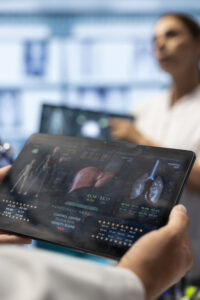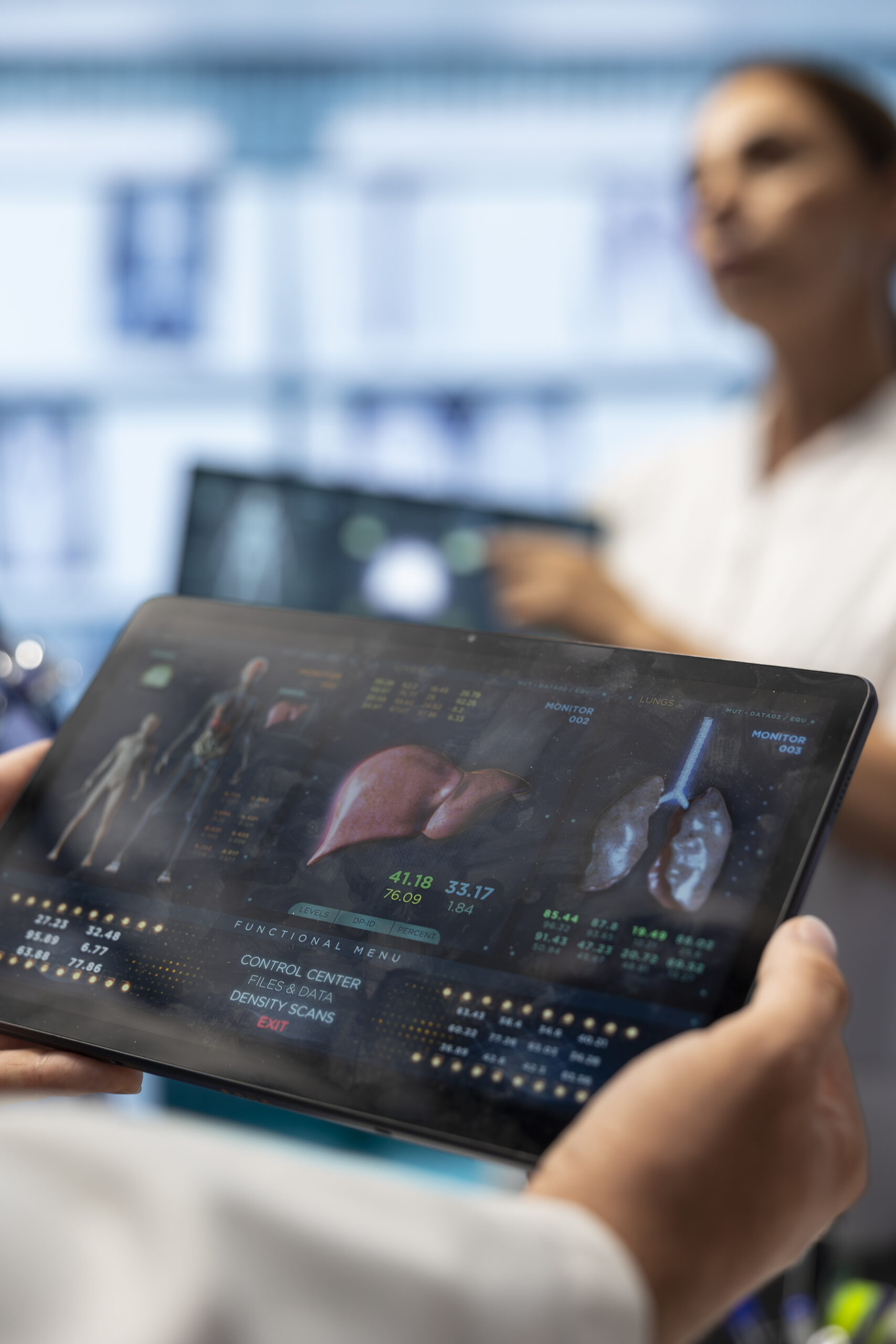Solidarity-Driven Technology from the Private Sector and Its Impact on Rural Healthcare
The right to access healthcare often faces multiple barriers—barriers that are now beginning to fall with the help of technology.

Technological innovation has become a powerful global ally, providing rapid solutions to a wide range of challenges. Thanks to investment and collaboration, it is no longer a tool reserved solely for major urban centers and high-complexity hospitals.
An increasing number of private companies are developing digital solutions and portable medical devices designed to improve access to healthcare in rural and vulnerable communities, contributing to the advancement of public health.
Rural medicine faces numerous structural problems: a shortage of specialized professionals, long distances to reference hospitals, a lack of diagnostic equipment, and deficiencies in basic infrastructure.
In this context, technology stands out as a crucial tool to narrow these gaps, enabling patients and doctors to use resources once thought unattainable in areas far from major cities.
Healthcare Within a Device’s Reach
In Argentina, Brazil, Mexico, and other countries across the region, platforms are already operating that allow residents of small towns to consult with doctors via video calls, schedule appointments with specialists, or even receive medication reminders through a simple mobile phone. This development has sparked a major revolution in medical care.
Access to these applications not only ensures initial contact between patients and physicians but also reduces waiting times and travel costs. In areas where reaching a hospital can require significant time and financial effort, remote consultations represent a true paradigm shift.
Moreover, apps equipped with artificial intelligence can perform initial symptom screenings and guide patients on the level of urgency. While they do not replace healthcare professionals, they serve as triage tools that streamline care and prevent system overloads.
Beyond apps, the development of compact and low-cost medical devices has also transformed healthcare delivery.
Today, portable oximeters, glucometers, electrocardiographs, and ultrasound scanners can connect to smartphones, providing immediate on-site diagnoses. Handheld ultrasound devices, roughly the size of a mobile phone, are particularly revolutionary—allowing rural doctors to perform basic studies and send images to specialists in the city for a second opinion.
These devices not only democratize access to diagnostics but also contribute to the early detection of chronic diseases such as hypertension and diabetes, which are highly prevalent in communities with limited access to regular medical checkups.
A Model of “Solidarity Technology”
This model of care introduces the concept of solidarity technology, which operates under a logic where private entities contribute innovation, funding, and scalability, while local communities contribute territorial knowledge, trust, and social legitimacy.
However, connectivity challenges in vulnerable areas remain a major obstacle. While health apps and online medicine continue to evolve, their reach is still limited in regions with little or no internet access. In these cases, satellite connectivity solutions—often driven by private companies—offer a viable alternative, albeit at high cost.
At the same time, new projects are emerging to design applications capable of functioning partially offline, storing data locally and synchronizing it once a connection becomes available. In this way, consultations and medical records can be completed even in areas with low coverage.
What distinguishes these initiatives within this technological model is their emphasis on a solidarity-oriented approach. Many companies now recognize that at the base of the social pyramid lies an opportunity to generate positive social impact without compromising financial sustainability.
Low-cost subscription models, pay-per-use systems, and equipment donations within the framework of corporate social responsibility allow these solutions to reach those who need them most.
Building a Virtuous Cycle
Solidarity-driven technology creates a virtuous circle in which communities gain access to healthcare services, companies strengthen their reputations, and valuable insights are generated that can be applied in broader markets.
The rise of medical apps and portable devices in rural medicine marks only the beginning of a transformative process. Yet key challenges remain—expanding connectivity, ensuring staff training, and developing sustainable financing models that guarantee program continuity.
Still, what is already underway is a profound cultural shift: vulnerable communities can now see their healthcare prospects improve thanks to private donors investing in technology with purpose—aimed at addressing needs that truly change lives.
Solidarity technology does not replace the State, but it demonstrates that the public health of the future can be built through the collaboration of multiple actors. In the fusion of innovation and solidarity, rural communities are discovering new opportunities to access a fundamental human right.


